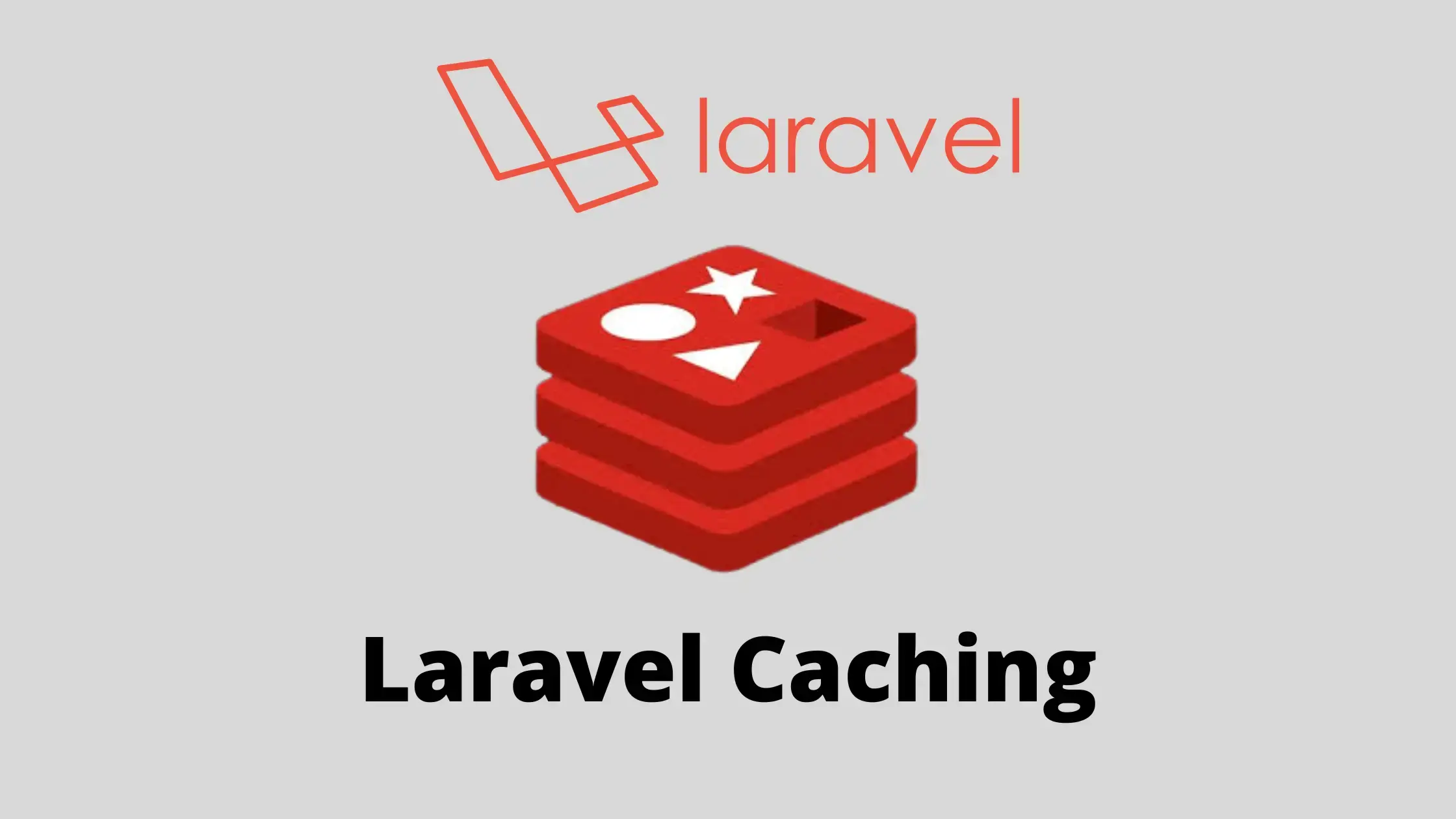In the fast-paced world of web development, optimising performance is crucial. As a Laravel developer, harnessing the power of caching can significantly enhance the speed and efficiency of your applications. Laravel, with its built-in caching mechanisms, offers robust solutions that allow developers to achieve remarkable performance boosts effortlessly.
Understanding Caching in Laravel
Caching, at its core, involves storing frequently accessed data in a temporary storage space. Instead of recalculating or fetching data repeatedly from the database or external services, the application retrieves it swiftly from the cache, resulting in reduced response times and enhanced scalability.

In Laravel, caching is facilitated through various drivers like Redis, Memcached, APC, or by using the file system. The framework provides an elegant and unified API that simplifies the process of storing and retrieving cached data, making it an invaluable tool for developers aiming to optimise performance.
Types of Caching in Laravel
Laravel offers multiple types of caching mechanisms to suit different requirements:
- Route Caching
Laravel allows developers to cache their application's route information, resulting in significantly faster routing. By running `php artisan route:cache`, Laravel compiles all route information into a single file, reducing the time it takes to resolve incoming requests.
- Query Caching
Database queries often contribute significantly to application latency. Laravel's query caching allows developers to cache query results, sparing the database from repetitive query executions. Utilising methods like `cache()` or query caching mechanisms improves response times for frequently accessed data.
- View Caching
Rendering views can be resource-intensive. Laravel's view caching allows developers to store rendered views, eliminating the need for the server to recompile them on every request. This approach significantly reduces the time taken to serve web pages.
- Object Caching
With Laravel's caching capabilities, developers can also cache entire objects or specific parts of code, such as complex calculations or API responses. By storing these objects in the cache, subsequent requests can retrieve them directly, bypassing the need for re-computation.
Implementing Caching Strategies
As a Laravel developer, leveraging caching effectively involves strategic implementation:
- Identify Performance Bottlenecks
Evaluate your application's performance using profiling tools to pinpoint areas that can benefit from caching. Often, database queries, complex computations, or external API calls are prime candidates for caching.
- Choose the Right Cache Store
Laravel supports various cache stores, each with its advantages. Consider factors like data size, accessibility, and the frequency of updates when selecting a cache store. For instance, Redis excels in handling large datasets and provides fast access times.
- Utilise Cache Tags and Expiration
Laravel's caching system offers features like cache tags and expiration times. Cache tags help categorise cached data, allowing you to invalidate related caches efficiently. Setting appropriate expiration times ensures the cached data remains relevant and avoids staleness.
- Monitor and Optimise
Regularly monitor cache usage and performance metrics. Analyse how caching impacts your application's response times and tweak strategies as needed. A vigilant approach ensures optimal utilisation of caching mechanisms.
In the realm of Laravel development, leveraging caching for improved performance is not merely an option but a necessity. Utilising the framework's robust caching capabilities empowers developers to create highly responsive and scalable applications. By strategically implementing caching strategies, identifying bottlenecks, and selecting the right caching mechanisms, Laravel developers can unlock the full potential of their applications, delivering an exceptional user experience while optimising resource utilisation.
In essence, as a Laravel developer, embracing caching isn't just about enhancing speed—it's about crafting efficient, high-performing applications that meet modern performance standards and user expectations.
